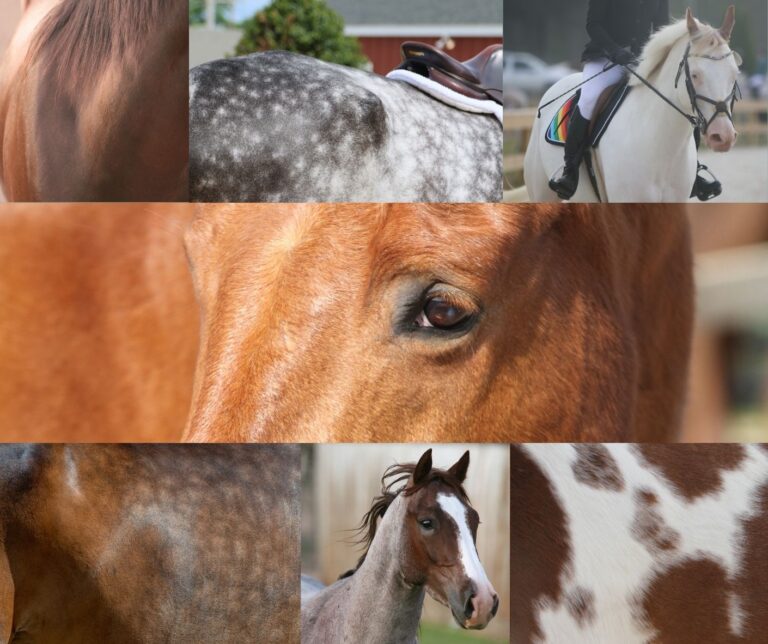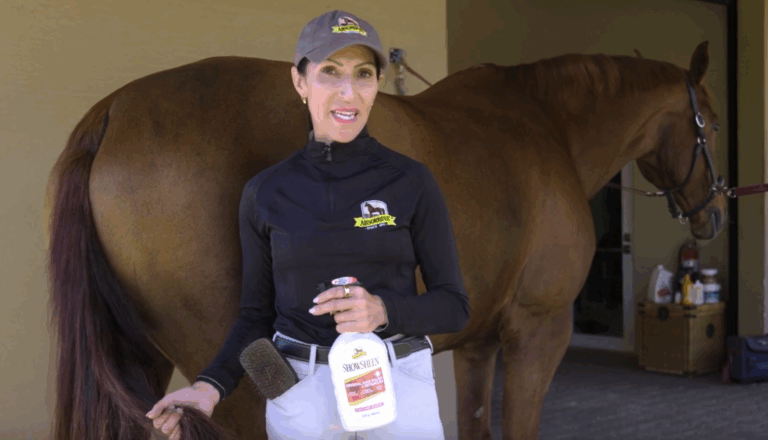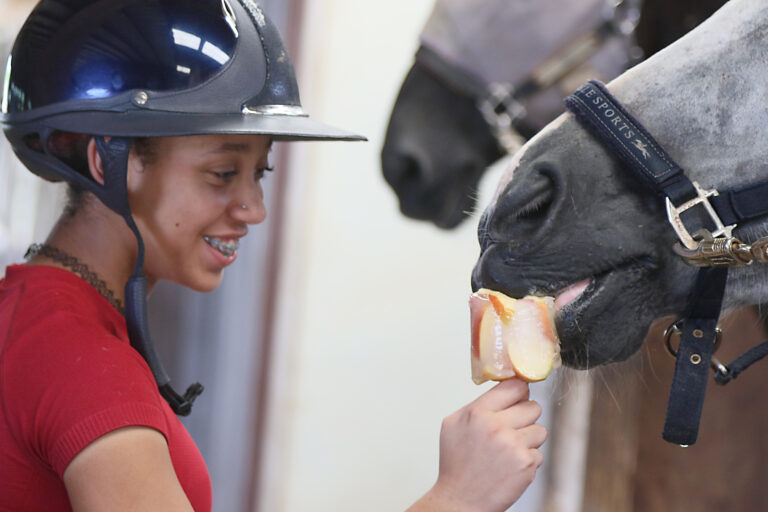 By taking a close look at your horse and his circumstances now, you can find his perfect blanket for whatever this winter brings. | © Amy K. Dragoo
By taking a close look at your horse and his circumstances now, you can find his perfect blanket for whatever this winter brings. | © Amy K. DragooFor many people, last winter took the title for Worst Winter Ever, with bitter cold and near constant precipitation throughout much of the United States. So can we expect more of the same this winter or a reprieve? According to the National Oceanic and Atmospheric Association, the very early signs point to this winter being just as cold and wet as last year.
If this winter’s forecast causes you to rethink whether/how much you blanket your horses, don’t let the plethora of options overwhelm you. Stephanie O’Connor, owner for more than 40 years of Pegasus Tack Shop in Acton, Massachusetts, helps confused customers narrow down their options by asking three initial questions:
1. Are you looking for a stable blanket or a turnout or both?
2. Is he turned out in inclement weather?
3. Is your horse clipped during the winter or left to grow a coat?
The major difference between a stable blanket (or rug or sheet) and a turnout is that stable blankets are not waterproof. So unless you live in a desert, your horse will need a turnout when he is outside. If he’s stabled at least part of the time, he may need a stable blanket as well.
Can you use a turnout as a stable blanket? Technically yes, but waterproofing adds significantly to the cost of a blanket and diminishes with washes. So if your horse is turned out minimally, it may be less expensive to buy a turnout sheet to put on over his stable blanket. Or some larger barns have turnout sheets or blankets that they rotate among horses for their brief turnout.
Your answer to question 3 dictates how much fill—insulation—your horse’s blanket will need. “A horse that has been body clipped is going to require more covering than one that is not,” says Stephanie says.
Whether or not your hose is clipped is not the only factor in figuring out how heavy a blanket to use. Easy keepers have more natural insulation than thinner horses, and if your horse will have free access to hay or forage he’ll generate more heat than a horse with more limited options. Older horses tend to lose body fat and may need a heavier blanket. And not all temperatures are created equal: A damp, windy, cloudy day will feel much colder than a dry, calm, sunny day of the same temperature.
In colder/windier climes, consider blankets with attached necks and belly wraps to prevent heat loss. Layering is an option as well. “Most common in New England is starting in late fall with a light to medium blanket and adding a layer or two as the temperature drops in the winter months,” Stephanie says of her area’s most common blanketing practice.
Always keep in mind that horses tolerate being cold much better than being warm: Sweat will more than undo any benefit of a blanket.
Durability is an important factor to consider, as it considerably affects both the price and the longevity of the blanket. If your horse is turned out with a playful, grabby bunch, you’ll spend less in the long run if you spend more now for durability. But don’t go strictly by denier when choosing a blanket.
“Denier is just a measure of weight—not strength, which many people assume,” Stephanie says. While weight does affect durability—all else remaining equal, a 600-denier polyester is going to be less durable than a 1200-denier polyester—the type of fabric is as significant as the weight. A cotton sheet with a much higher denier than a nylon sheet will be more prone to tearing simply because of the inherent strength of the type of yarn.
Polyester and nylon are the most common fabrics used for horse blankets and turnouts. Of the pair, nylon is stronger and has more give. Polyester, on the other hand, is the faster-drying of the two fabrics.
For the really rowdy herd member, consider ballistic nylon or Cordura, both very tough synthetic fabrics originally designed for military uses. These fabrics can extend the life of a blanket for several seasons, but for a quieter horse, you’ll save a few dollars by foregoing the highest denier and toughest fabrics. A blanket with ripstop fabric, which is woven in such a way that a puncture cannot develop into a serious tear, probably will be sufficient for a horse who is gentler on his clothing.
By taking a close look at your horse and his circumstances now, you can find the perfect blanket for whatever this winter throws at you.
This article originally appeared in the October 2014 issue of Practical Horseman.











